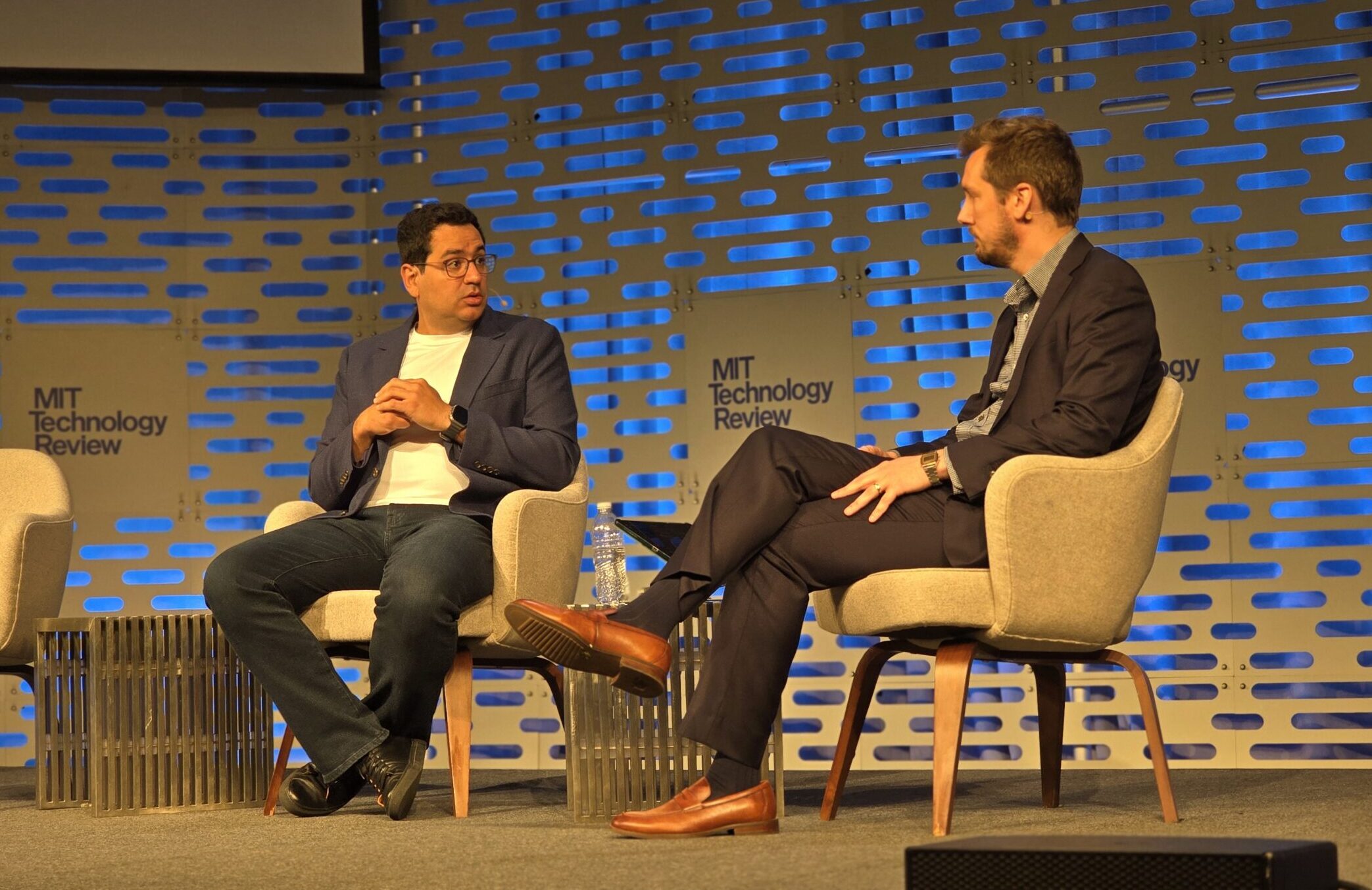Cambridge, MA – MIT EmTechAI: Ali Farhadi, CEO of the Allen Institute for AI (AI2), is a leading voice for transparency and openness in artificial intelligence. In a field increasingly dominated by closed models and proprietary data, Farhadi argues that only radical transparency-full disclosure of model architecture, training data, and evaluation methods-can build the public trust and scientific rigor needed for AI’s safe and beneficial development.
The Openness Spectrum: Why Most AI Remains a Black Box
Farhadi points out that while some companies claim to be “open,” true transparency is rare. Many leading AI companies may share code or model weights, but they stop short of releasing the training data or detailed methodologies behind their models. This secrecy, Farhadi contends, hinders both scientific progress and public trust: “Without actual openness, it’s hard to be scientific about the evaluation”.
He draws a parallel to the open-source software movement, where the ability to inspect, modify, and build upon others’ work has been key to innovation. In contrast, closed AI models force researchers and developers to “shoot in the dark,” unable to understand, verify, or improve upon existing systems.
Transparency as the Foundation of Trust and Innovation
Farhadi is adamant that transparency is not just a philosophical stance-it’s a practical necessity for safety, reliability, and progress. At AI2, transparency is a core value, reflected in both their research practices and their open-source releases. He highlights AI2’s release of OLMo, one of the first language models to be trained on large web corpora, as a case study in radical transparency: the team published not only the code and model weights, but also the training data, evaluation results, and a detailed “recipe” for replication.
This approach, Farhadi says, allowed the entire research community to build on OLMo’s strengths and address its weaknesses, leading to rapid advances in language modeling. Similarly, during the COVID-19 pandemic, AI2’s release of the CORD-19 dataset enabled researchers worldwide to accelerate progress on understanding and combating the virus.
Explainability and Accountability: The Next Frontier
Transparency is also the bedrock of explainability-understanding why a model made a particular decision or produced a specific output. Farhadi believes that without open models and accessible training data, explainability research is stunted. “We don’t yet know why AI systems make certain decisions, but we can accelerate work in this direction by incentivizing openness and transparency”.
He argues that only with full transparency can the broader community identify errors, biases, or unintended behaviors in AI systems-and develop solutions before they cause harm. This is especially critical in high-stakes domains like healthcare, finance, and scientific research, where the consequences of mistakes can be severe.
Open-Source AI: A Competitive and Ethical Imperative
Farhadi’s vision is not just about altruism-it’s also about global competitiveness. He warns that closed AI ecosystems slow innovation and exclude the broader community of researchers and practitioners who could help solve the technology’s biggest challenges. “If the U.S. wants to maintain its edge … we have only one way, and that is to promote open approaches, promote open-source solutions,” he told GeekWire.
AI2’s commitment to open-source is exemplified by projects like Tülu 3, a large language model released with full transparency, and the institute’s new on-device AI app for iOS, which runs offline for enhanced privacy and security. Farhadi believes that such openness will ultimately “win,” driving faster progress and more trustworthy AI systems.
The Road Ahead: Building Public Trust, One Model at a Time
Farhadi is clear-eyed about the risks of AI, but insists secrecy is not the answer. Instead, he calls for an industry-wide shift toward transparency, empowering millions of experts to scrutinize, improve, and innovate on AI systems. Only then, he argues, can the technology earn back the public’s trust and fulfill its promise for society.
“We don’t know enough about these technologies, and we’re depriving the brain power that exists in the industry, in research labs, in startups, that could contribute to close these technology gaps, by keeping the technology behind closed doors.”
In summary:
Ali Farhadi’s message is simple but profound: Transparency is the foundation of trustworthy, innovative, and safe AI. By opening up models, data, and methods, the AI community can accelerate progress, foster accountability, and build the confidence needed for AI to truly benefit humanity.
For more information, please visit the following:
Website: https://www.josephraczynski.com/
Blog: https://JTConsultingMedia.com/
Podcast: https://techsnippetstoday.buzzsprout.com
LinkedIn: https://www.linkedin.com/in/joerazz/


Leave a Reply
You must be logged in to post a comment.